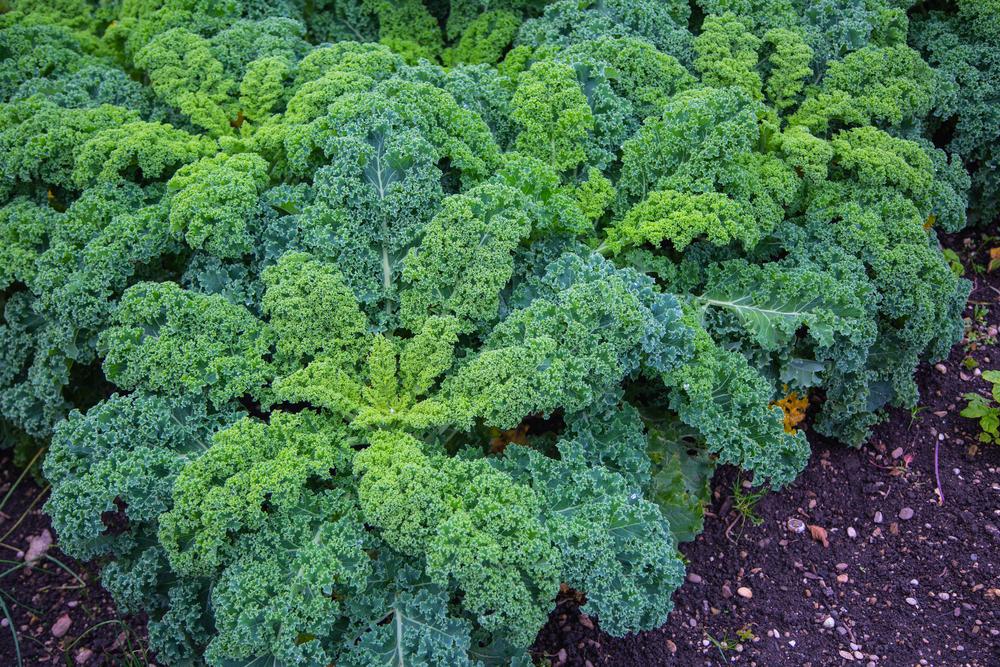Fall seems like the end of the gardening season, but it doesn’t have to be. Whether you’re growing a backyard garden or vegetables in pots on an apartment balcony, you’re probably still harvesting tomatoes, peppers, beans, eggplant, zucchini, squash, and everyone’s fall favorite—pumpkins.
Take advantage of the cooler temps to get a jump on garden cleanup. Remove dead plants, weed the spaces, add organic matter (i.e., compost), and give the garden a fresh layer of mulch to help retain soil moisture and regulate temperature. Give marigolds and other pollinator-attracting flowers a quick trim of leggy branches and dying flowers (unless you’re saving them for seed, then let them dry out on the plant); you might be rewarded with a new flush of blooms.





